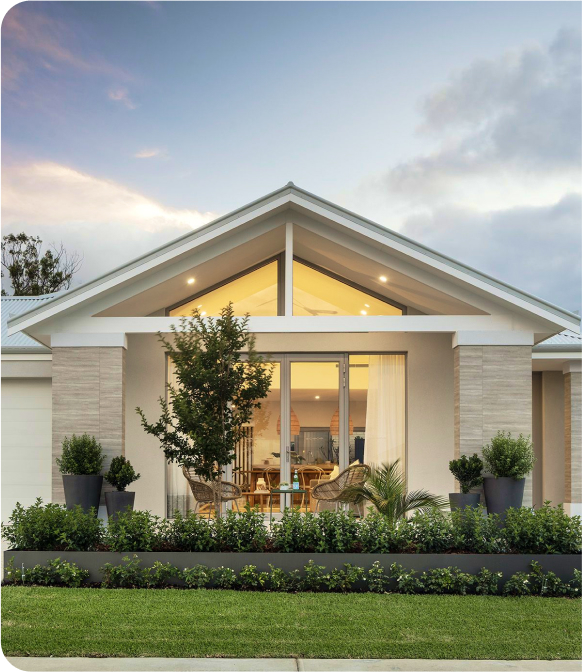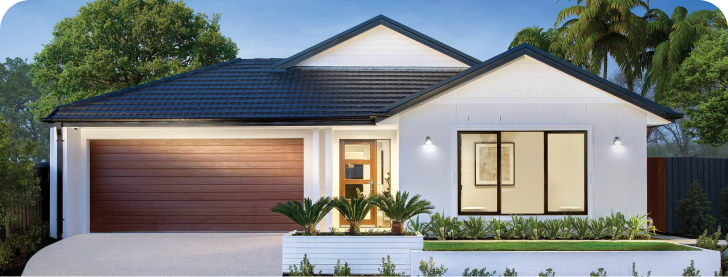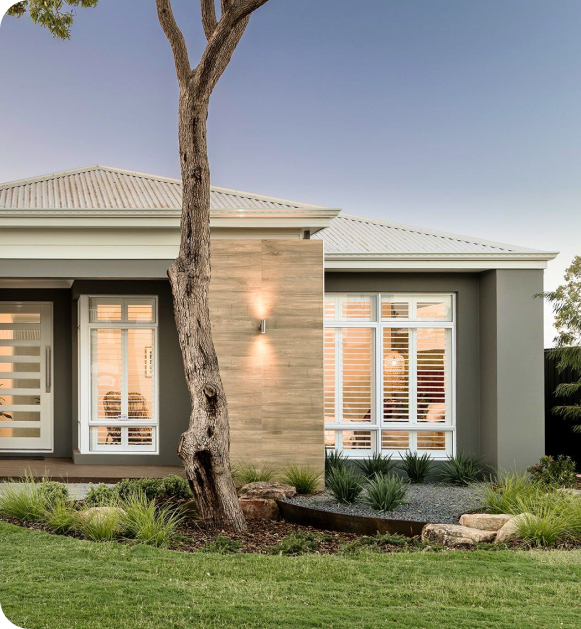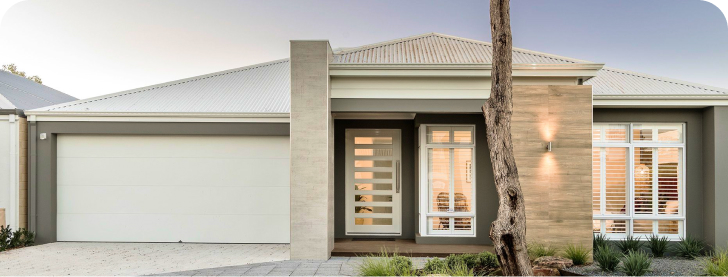
Respite care is a support service provided to care recipients to give the caregiver a temporary break from caring duties. In many cities and communities, there are local home care agents that provide at-home assistance with cooking and sanitation, medical help, or other types of care. But why is ADU respite care considered one of the most favorable options?
Accessory dwelling units (ADUs) are small but independent living facilities located on the same lot as the main residence. So, if the family member that needs care occupies living space in this separate structure, there are several advantages that care recipients get in this instance.
Familiar surroundings, a flexible timetable, a more personalized approach – all of these and many more are available to your loved one if they get respite care in an accessory dwelling unit. Learn what other positive effects such a care type brings forth and how to adapt your accessory apartments for such purposes.
Caregivers also need mental resources to provide long-term care to their loved ones. Over time, they tend to experience burnout and need some time for themselves only. In this case, hired respite nurses can come to help.
Hiring an aide to stay at your senior's ADU house will lead to several improvements for caregivers, including:
All in all, respite care becomes a salvation for caregivers who have to dedicate their whole time to caring for ADU residents. And after having a nice break, relieving their hard work, they can come back energized and calm.
Housing choices for respite care professionals, for the most part, coincide with the types of ADUs. Accessory dwelling units can be built in the following configurations:
Detached ADUs are completely separate, self-sufficient accessory dwelling units. Having their own entrance, plumbing, and electricity systems, these granny flats are traditional homes in miniature. Property owners have to equip them with all the amenities their existing homes have, such as a food preparation zone, a bedroom, and a bathroom.
This type of housing prescribes a certain ADU location: it has to share a wall with the main residence. This ADU type is slightly less independent, as technically, you can extend plumbing and electrical wires to it without creating them from scratch. Yet, such units can have their own separate entrances, which allows ADUs to preserve a high level of privacy.
In contrast to new ADU construction types, when homeowners opt for a converted accessory dwelling unit, they have to rebuild an already existing structure rather than build a new one. Unused, clattered garages are perfect for this goal.
You can also build accessory dwelling units inside the house. Just pay attention to ADU ordinances, as the minimum ADU size is 150 square feet. If your attic is larger than that, an ADU can be allowed.
Most local jurisdictions permit ADUs on the ground floor of your family house. If you can make it a liveable space, ensuring waterproofing precautions, enough space for daily activities, and enough light, these few "dead weight" square feet can finally come in handy.
There are many ways to find respite care services at a moderate cost. First of all, you can contact your local Agency on Aging or other regional entities that provide informational resources and can help connect you or a family member with interested specialists.
Also, you may apply to a specialized caregiving organization on your own to see what provisions and caregiver support programs they offer. One of the digital tools for this purpose is, for instance, the Eldercare Locator. It can suggest relevant data concerning different types of care services as well as those with more affordable prices or help find elderly benefits and fee waivers that can cover part of the costs.
How can you furnish your ADU with modern features and technologies so that they create a safe and prosperous environment for your family members or close friends in need of care?
There are several things you can implement during the ADU planning stage:
When building accessory dwelling units, homeowners are obliged to follow ADU building provisions and standards listed in state and city law and zoning regulations of local governments.
To comply with zoning standards, an ADU should meet the following criteria:
In any case, temporary housing of respite care assistants in ADUs is not restricted by law because regional governments permit ADUs for short-term residential, non-commercial use.
Respite care has a restorative effect on the mental health of the caregiver, as it gives him the opportunity to take care of his own needs during the break. It leads to a number of auspicious results, such as the alleviation of stress and depression connected with the poor state of their loved ones and the necessity to devote all their time to them.
In-home respite care workers who take on some of the caregiver responsibilities. They enable them to spend time on their own needs, restore their social and work lives, enjoy a break in the absence of any obligations, and dedicate time to self-care.
In general, respite care helps to reduce exhaustion and anxiety and bring back the much-needed motivation to care for the loved one.
The process of planning respite care visits includes choosing a suitable organization, discussing the details of the care services, and preparing the house. First of all, you need to consider and balance the needs of the care recipient and the person who will need temporary housing. Thus, the amount of space required, the level of privacy they both need, special equipment, and other auxiliary tools.
Moreover, other preliminary provisions may encompass the accessibility of funds and the number of hours you're ready to pay for. Some families can afford respite care once a week, others once a month. Some caregivers can take a whole week off; others have to confine themselves to a few hours.
And last but not least is establishing regular communication with the loved one receiving care. You can connect to them by video call and control how respite care specialists fulfill their duties. Or install other monitoring technologies to be aware of your loved one's condition and well-being.
Clear communication is key when it comes to your loved one's well-being. First of all, you need to choose the specialists who provide the services you need. That is, for example, if in addition to helping with daily life and household chores (getting out of bed, getting dressed, cooking), you need more thorough medical care, then only specialists in skilled health care will suit you.
Be sure to discuss specific details: what signs and behaviors should an assistant pay close attention to for the wellbeing of your loved one, which products they can consume and which they can not. How many times a day they need to take their medication, if there's a doctor's appointment on that day, etc.
Besides, you can leave a written to-do list and attach your phone number in case you need to clarify something.
When searching for a suitable respite care service, consider the following points:
After you have thoroughly studied all of this, it remains only to contact the service.

As the population continues to age, the need for the healthcare system to incorporate more innovative and convenient approaches only increases with each passing year. ADUs not only satisfy the demand for affordable housing in general but, combined with respite care services, can also promote the fast growth of comfortable in-home care options.
Because of its visible effectiveness in meeting the needs of aging people, temporary housing for respite care professionals in ADU may soon become a much more common care industry solution.
The difference lies not in their construction but in their subsequent use. Both ADUs and guest houses are detached or attached small homes located on a single-family or even multi-family lot. They both have to provide their residents with amenities needed for daily life.
Yet, guest houses are intended for short-term living, while ADUs are not. As an owner, you are to make sure your ADU, whether it's for rent or the long-term housing of relatives, has all the necessary conveniences like a sleeping zone, a food preparation zone, a restroom, a lounging zone, etc.
Building ordinances prescribe certain rules for accessory unit development, such as the number of attached and detached units allowed for a single family, square footage, minimum lot size, and sometimes even design requirements to achieve neighborhood design harmony.
But the main and universal rules are that a single family may have one ADU and one JADU, with the ADU constituting no more than 1000–1200 sq. ft. and the JADU no more than 500 sq. ft.
Any development in accessory unit numbers brings more room as well as potential opportunities for extra income. What a community receives in return is more affordable housing resources available for people with low and moderate incomes. It helps cities get an influx of new settlers who benefit the community economy.
Thus, the extension of the ADU construction and development field as well as the contributions of particular homeowners, create a win-win situation for everyone.











